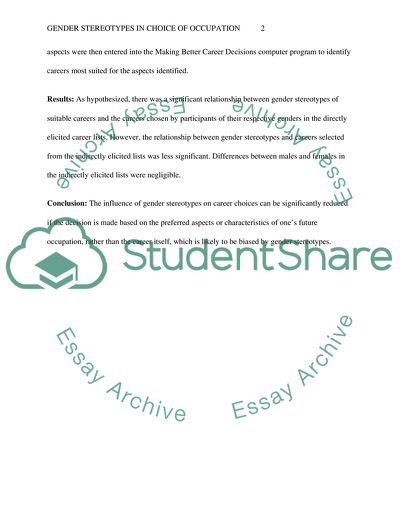Cite this document
(“The Role of Gender Stereotypes in Choice of Occupation Research Paper”, n.d.)
The Role of Gender Stereotypes in Choice of Occupation Research Paper. Retrieved from https://studentshare.org/education/1697412-gender-stereotypes
The Role of Gender Stereotypes in Choice of Occupation Research Paper. Retrieved from https://studentshare.org/education/1697412-gender-stereotypes
(The Role of Gender Stereotypes in Choice of Occupation Research Paper)
The Role of Gender Stereotypes in Choice of Occupation Research Paper. https://studentshare.org/education/1697412-gender-stereotypes.
The Role of Gender Stereotypes in Choice of Occupation Research Paper. https://studentshare.org/education/1697412-gender-stereotypes.
“The Role of Gender Stereotypes in Choice of Occupation Research Paper”, n.d. https://studentshare.org/education/1697412-gender-stereotypes.


